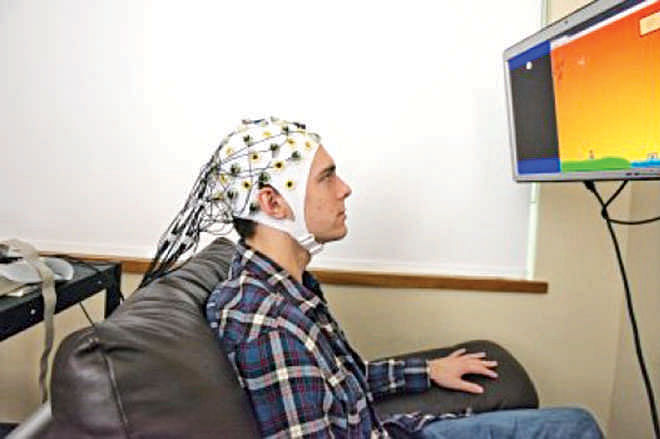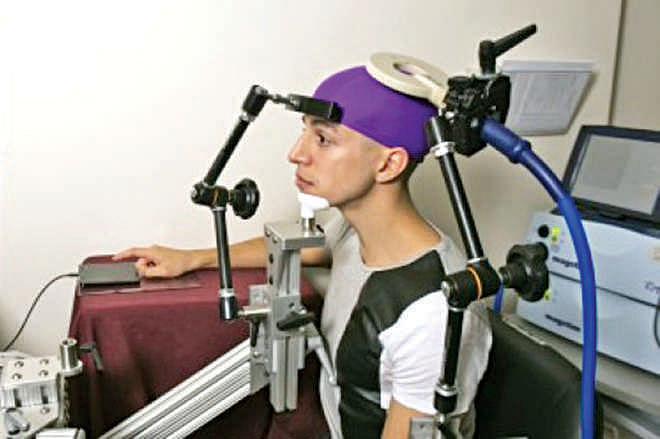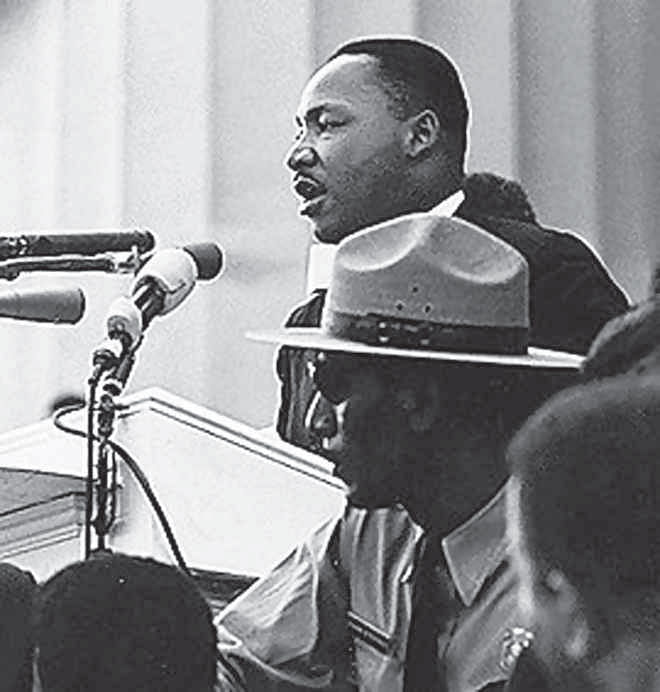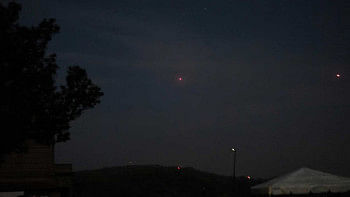Quirky Science

No words necessary?

What if we didn't need words to communicate with others and our brains could communicate?
Science Daily reports that University of Washington researchers have successfully replicated a direct brain-to-brain connection between pairs of people as part of a scientific study following the team's initial demonstration a year ago. In the newly published study, which involved six people, researchers were able to transmit the signals from one person's brain over the Internet and use these signals to control the hand motions of another person within a split second of sending that signal.
“The new study brings our brain-to-brain interfacing paradigm from an initial demonstration to something that is closer to a deliverable technology," writes co-author Andrea Stocco, a research assistant professor of psychology and a researcher at UW's Institute for Learning & Brain Sciences. "Now we have replicated our methods and know that they can work reliably with walk-in participants."

Natural A/C of dinosaurs
A new study by a team of scientists at Ohio University shows that armour-plated dinosaurs (ankylosaurs) had the capacity to modify the temperature of the air they breathed in an exceptional way, by using their long, winding nasal passages as heat transfer devices.
Animals use various methods—sweating, panting, moving to the shade, or taking a dip to cool down.
Led by paleontologist Jason Bourke, the scientists found that “the convoluted passageways would have given the inhaled air more time and more surface area to warm up to body temperature by drawing heat away from nearby blood vessels. As a result, the blood would be cooled, and shunted to the brain to keep its temperature stable.”

THE FEMALE NOSE
According to a group of researchers at Federal University of Rio de Janeiro, “Individuals show great diversity in their ability to identify scents and odours. More importantly, males and females greatly differ in their perceptual evaluation of odours, with women outperforming men on many kinds of smell tests.
Sex differences in olfactory detection may play a role in differentiated social behaviors and may be connected to one's perception of smell, which is naturally linked to associated experiences and emotions. Thus, women's olfactory superiority has been suggested to be cognitive or emotional, rather than perceptual.”
By calculating the number of cells in the olfactory bulbs of 7 men and 11 women, the researchers discovered that women have on average 43 percent more cells than men in this brain structure.

Charismatic Voices
Researchers at the University of California seem to have found out what makes a voice charismatic. They investigated how a right-wing Italian politician named Umberto Bossi suffered a severe stroke in 2004, his speech became permanently impaired and strangely, this change impacted Bossi's perception among his party's followers—from appearing authoritarian to benevolent.
According to the researchers, “Probing the vocal presence of charisma across cultural divides, the scientists found speakers with a wide range of frequency variation in their voices were more likely to be perceived as dominant. They also found that speakers with a low fundamental rate of vocal fold vibration, called fundamental frequency or F0, are perceived as more dominant than speakers with a high fundamental frequency.”
Main Source: Science Daily

 For all latest news, follow The Daily Star's Google News channel.
For all latest news, follow The Daily Star's Google News channel. 



Comments